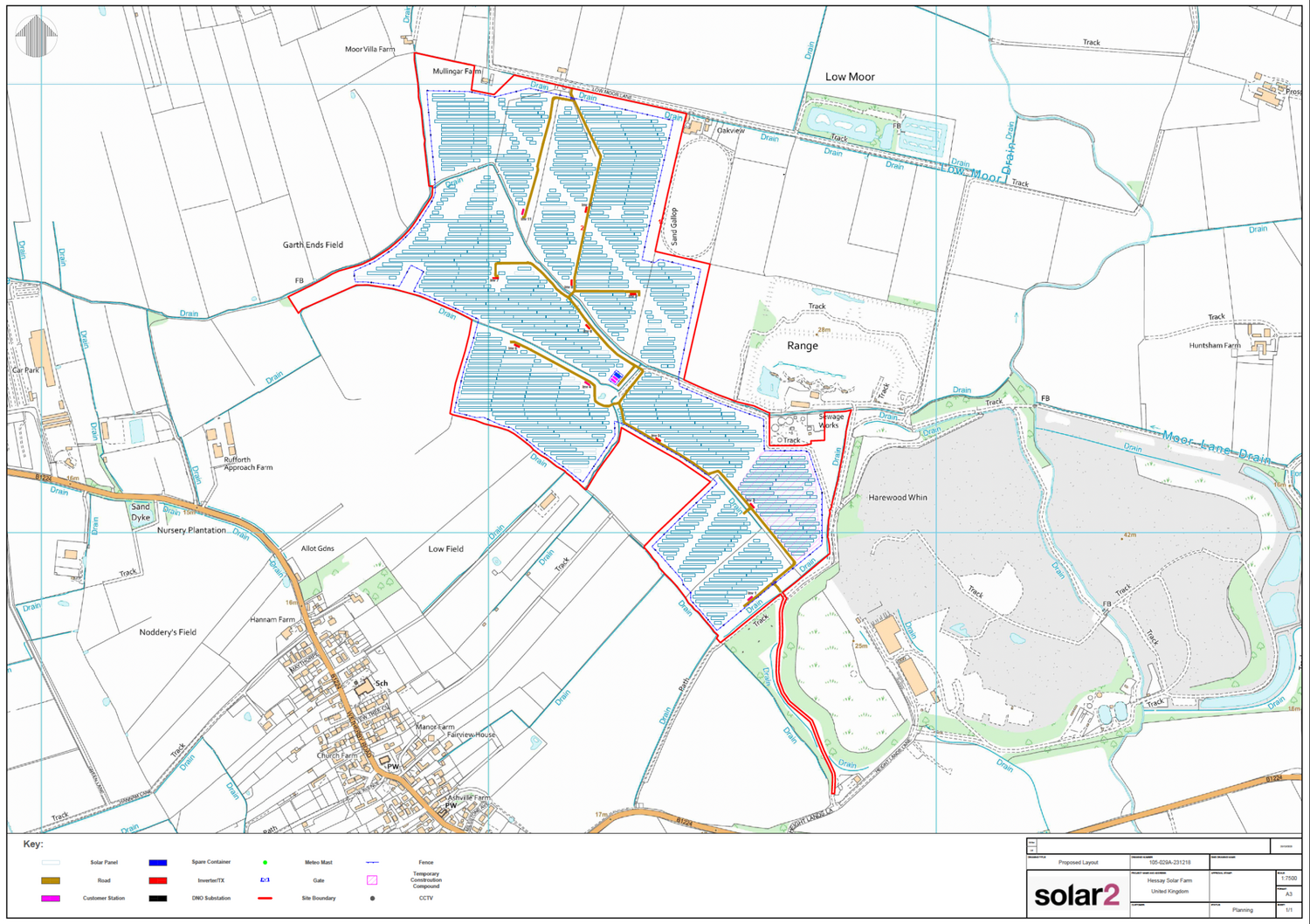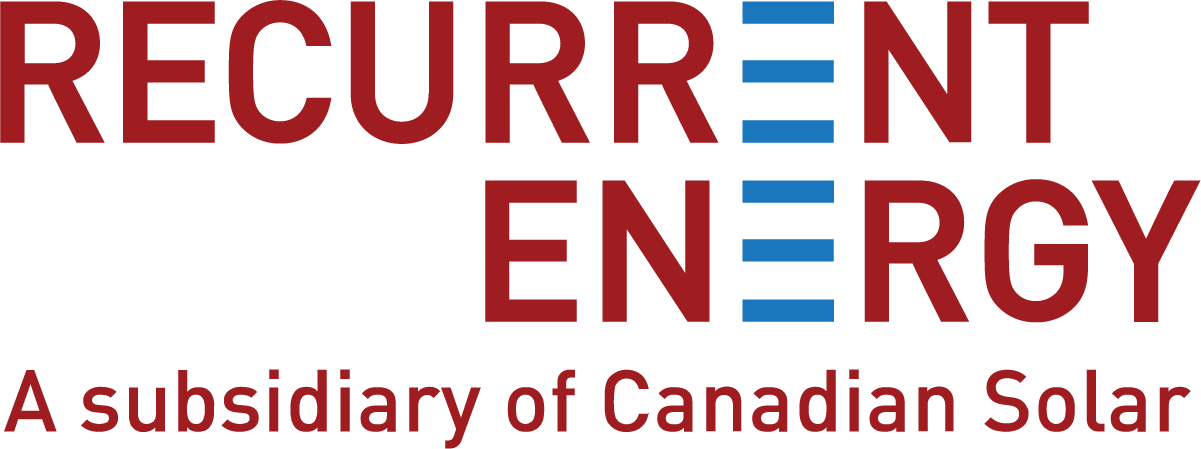What's Planned?
The submitted site layout shows how the solar farm will be developed on the site, based on the findings of various environmental and technical surveys. It takes into consideration the feedback we received during the recent community engagement period.

The land beneath the solar panels will remain in agricultural use for sheep grazing, and we could create a wildflower meadow to attract insects and birds and enhance biodiversity. It might also be possible to have beehives on site, for producing honey.
The solar farm will have a lifespan of 40 years. This is how long the planning permission would be granted for, and after this time the solar farm would be decommissioned. A bond is provided for the decommissioning, which guarantees that the solar farm is properly decommissioned at the end of its life and that the land is restored. The solar panels would be recycled or sold on to be used elsewhere.
In February and March 2023, we invited the local community to provide their feedback on our draft plans. In direct response to the feedback received from local residents and parish councils, we made a number of changes to the solar farm plans, as follows:
- Two fields to the north of the site in Hessay village were removed from the development boundary
- A substation originally proposed to be sited along the site boundary adjacent to the Rufforth cycle path/Tinker Lane was removed to reduce any potential visual impact it could have had on views from the path
- The proposed route for construction traffic was confirmed as via the south of the site from the A1237, along the B1224, and into the site via Tinker Lane, rather than via the A59 to the north (via Hessay)
- The buffer between the solar farm site boundary and the closest third party residential property has been made up to three times wider following engagement with the householder.
After submitting the planning application, we continued to engage with statutory consultees and local stakeholders to address queries and refine the proposals further. In summary, this included:
- Meeting with local City of York Council members to provide an update on the proposal and answer queries
- Meeting with the Internal Drainage Board (IDB) and CoYC Hydrologist leading to site layout amendments to address impacts on IDB assets and address drainage concerns
- Site meeting with planning officer and landscape architect to discuss layout and set backs from public foot paths and other accessible areas, leading to a final site layout with increased set back from Low Moor Lane and from the PRoW on the south eastern boundary of the site
- Final layout circulated to the IDB for their agreement. Landscape Ecological Management Plan updated to increase the depth of planting proposed and the number of trees to be introduced to the site boundary, which will help to define the historical field boundaries
- Visit to York Gliding Club to discuss concerns, following which we allocated open areas within the solar farm site for emergency landing procedures and submitted an updated glint and glare assessment. Planning conditions would secure suitable safety provisions to ensure the solar farm would have no impact on the club’s operations
- Addendum to the transport statement submitted to confirm that the access point from Low Moor Lane will be for emergency access only (with all other access to the site via Tinker Lane, via the B1224)
- Meeting with planning officer to confirm that all required detail has been provided regarding the application prior to committee, to aid the decision making process and minimise the requirement for conditions
Project timeline:
- Environmental and technical surveys - commenced 2022
- Initial meetings with Hessay and Rufforth-with-Knapton Parish Councils - Sept 2021 & July 2022
- Share draft plans with the local community - February & March 2023
- Submit planning application – March 2023
- Planning application approved by City of York Council – February 2024
- Awaiting outcome of referral to the Secretary of State - NOW
- Subject to planning, construction could start late 2024/early 2025
- The solar farm could be up and running in 2025
Why now?
Building solar farms is an important step in moving to diverse, carbon-neutral and ‘home grown’ energy production, which is vitally important for reducing our carbon emissions, and our reliance on fossil fuels and overseas fuel imports. Solar farms are now amongst the lowest cost forms of electricity generation of any kind. Solar will have a fundamental role in the UK achieving net zero by 2050.
In March 2019, City of York Council declared a climate emergency and recognised that more needs to be done in order to tackle climate change. A target for York to become carbon neutral was set for 2030. Once developed, the solar farm will make a positive contribution to this, helping to address the climate emergency through the displacement of fossil fuel based electricity generation, and by contributing to national and local renewable energy targets.


